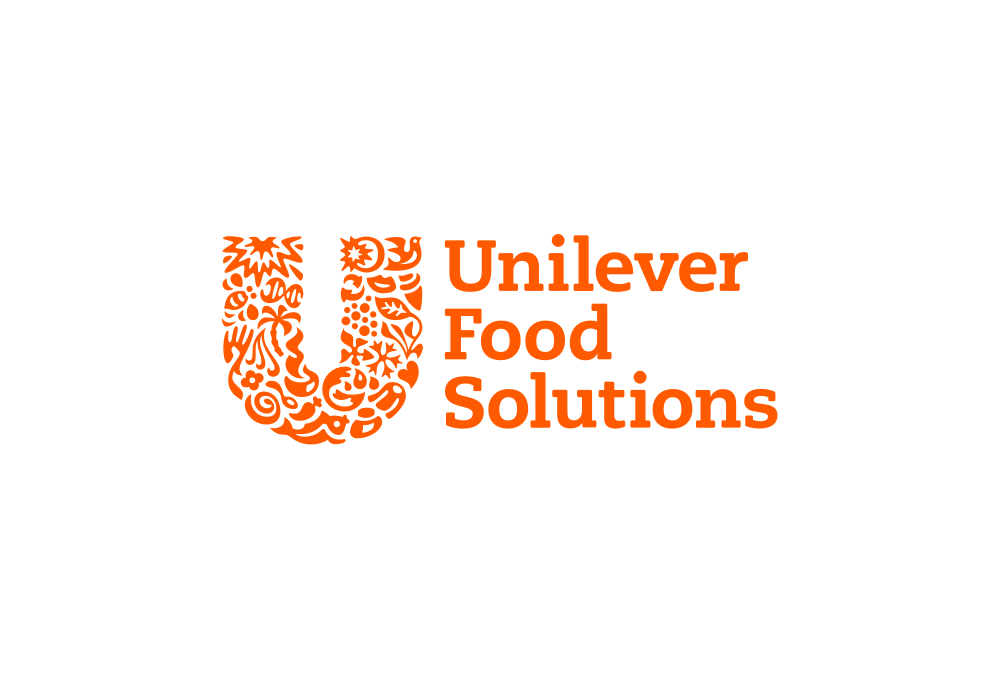Posted on Tuesday, 20ᵗʰ October, 2020
This article focusses on food fortification, with a specific spotlight on milk, and provides suggestions on how to boost & improve the energy content of meals and snacks, using fortified milk. Some of the recommendations originate from a webinar held by IHHC in July 2020, where Julie Glyde, an expert Aged Care dietitian and chef herself, inspired attendees with easy food fortification tips to support Aged Care residents. In addition, recent science and research have also been used to create a useful reference to improve fortification practices.


In Aged Care, fortifying is often necessary to add extra energy (calories), protein, fibre and certain food groups to ingredients and finished recipes, especially for residents with poor appetite, weight loss or cognitive problems, e.g. residents with dementia can often forget to eat.

Regular recipes can be easily adjusted using high-energy and high-protein foods to help support calorie intake. At times, transitioning from water to milk to fortified milk in a step by step approach can be beneficial to cater to change in taste. For example, making porridge with water can be approached in this way by mixing water with milk, and then adding milk powder to increase the nutritional intake. Use the recommended amount of protein powder in the recipe suggestions below.

- Energy and protein content of a meal or snack can be increased by adding powdered proteins. The type of protein powder used influences the amount of protein and energy of the provided meal.
- Replace milk in recipes with fortified milk. It may be worthwhile starting with smaller amounts in recipes where texture and setting is a requirement e.g. desserts, then building up to the recommended amounts (see table below).

Fortified milk recipes & potential use in aged care*
-
Recipe & instruction Target residents Bulk fortified milk
1 cup skim milk powder
+ 1 litre full cream milk
Place milk into a large jug. Stir in (with a whisk) until blended.
It is possible to replace different powdered protein sources in place of skimmed milk powder listed here.
These alternatives include Sustagen and Ensure. They have different amounts of protein so will give residents different nutrition – check with Dietetics as to which is optimal for your residents.
Bulk lactose-free fortified milk
1 cup lactose-free skim milk powder + 1 litre full cream lactose free milk.
Place milk into a large jug. Stir in (with a whisk) until blended.An option for lactose intolerant residents Bulk milk alternative fortified milk
1 cup pea protein +
1 litre calcium fortified soy milk
Place milk into a large jug. Stir in (with a whisk) until blended.An option for vegetarian or vegan residents Bulk milk alternative fortified milk
1 cup pea protein +
1 litre calcium fortified coconut/almond/rice milk
Place milk into a large jug. Stir in (with a whisk) until blended.Solution for vegetarian or vegan residents. Check with your Dietitian before using this recipe as these milk alternatives contain less protein.
*Table adapted from NEMO & IHHC.

1 cup milk or milk alternative
+ 1tbsp milk powder or protein powder
+ 2 scoops ice cream (dairy/soy/almond)
+ 1 tbsp flavouring e.g. vanilla essence, honey, chocolate/caramel/strawberry
In conclusion, fortified milk can be used in a variety of recipes, in place of regular milk. To ensure the success of your fortification efforts, bring catering and clinical staff together to make collaborative decisions.
Monitoring intake is also important while fortifying. No matter how tasty the milkshake, if it is not being drunk, dining staff can notify chefs and a different fortification approach can be tried.


Disclaimer: The content of this article is created for inspiration purposes only. It is not intended as clinical, medical or nutritional advice.
Related Recipes
-
Broccoli and Cheddar Soup -
Veggie Minestrone -
Hearty Chicken Soup -
Citrus Poached Chicken Finger Sandwiches -
Fish Pie with Potato Top -
Roast Chicken Florentine -
Grilled Chicken Breast, Cauliflower Puree -
Steamed Hoki, Parsley, White Wine Sauce -
Citrus Poached Salmon Salad -
Lavender Creme Brulee -
Simply Sweet Cherry Ripe -
Chocolate Eclairs -
Citrus Fresh Pannacotta -
Banana Eggnog Cream Pie
Related Products
Log in or Create an account to access:
- Get access to this content
- Discover the latest culinary trends
- Explore and save your favourite recipes
- Watch free video training courses for chefs

























